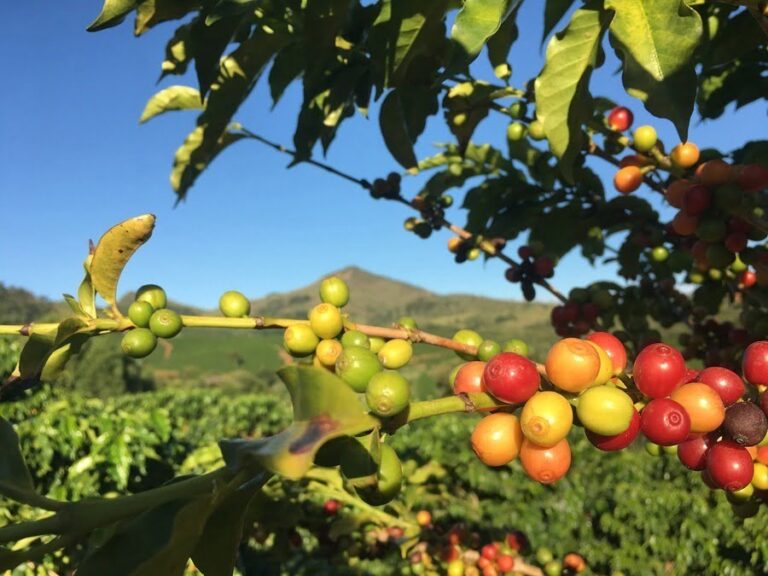Brazil is considered the main coffee producer in the world, generating one third of this product globally. With a long history, dating back to 1727 when the first green coffee beans arrived from French Guiana, Brazil has developed a high quality export industry, which has helped position it as a world leader in coffee production.
In general, together with its large extension of land, the Brazilian climate is one of the main factors in favor of production. The tropical, warm and humid climate is the basis for a prosperous coffee plantation. If temperatures that do not vary too much are added to this climate, a stable and fruitful production is achieved.
However, it is due to weather conditions that crop figures have been fluctuating over the last two years, without compromising the country's leadership in world production at any time.
Estimates for the second half of 2023
According to Brazil's National Supply Company (Conab), a total of 54.74 million 60-kilogram bags will be produced for the 2023 crop year, representing an increase of 7.5% compared to the 2022 season. These are estimated figures as the harvest is still in process and weather conditions may change.
Conab also indicated that it expects coffee prices to fall as the harvest recovers, but not significantly. Production this year, and part of 2024, is considered key to replenish stocks in the rest of the countries after two years of shortages that sent benchmark prices soaring.
For its part, the Brazilian Coffee Exporters Council (Cecafé) said that they expect the harvest to surprise positively and exports to recover in the second half of the year.
Producing regions
Coffee production in Brazil is mainly concentrated in the state of Minas Gerais, although it is also grown in other states such as São Paulo, Paraná, Espírito Santo and Bahia.



